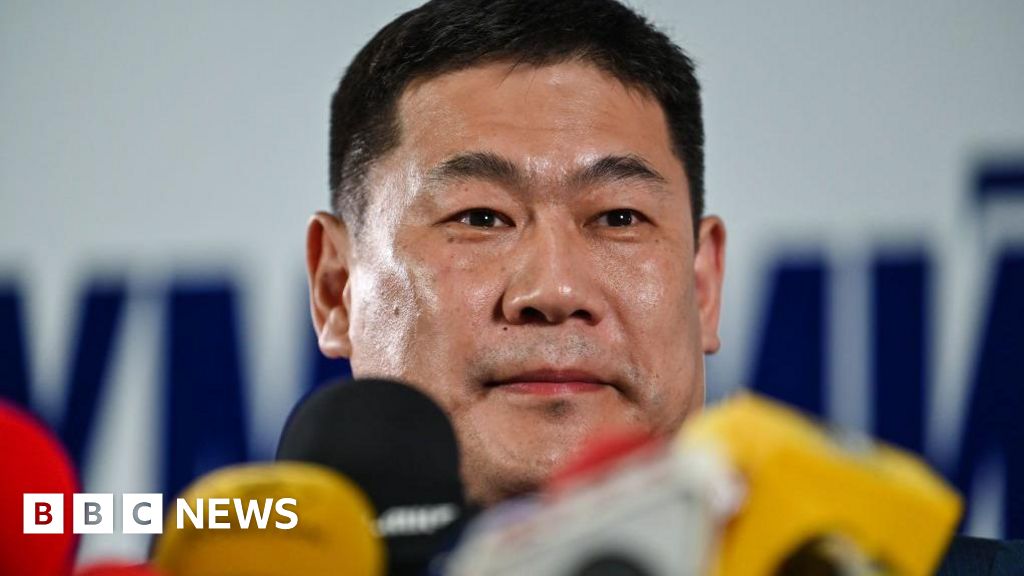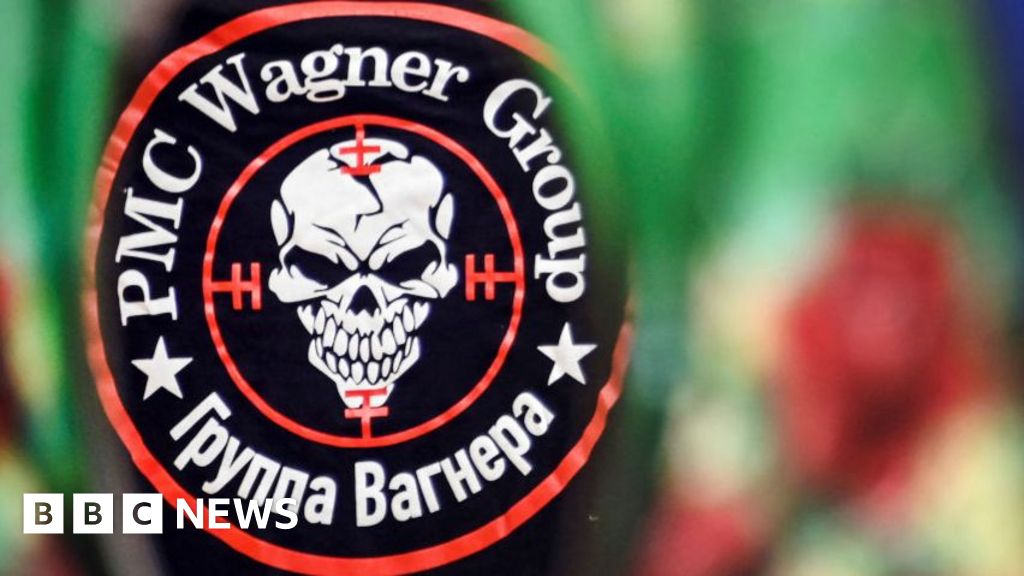ARTICLE AD BOX
The Supreme Court ruled against the Environmental Protection Agency on Tuesday, finding that it created a moving target for local governments trying to comply with wastewater treatment standards.
At issue is San Francisco’s sewer system and the raw sewage, including fecal matter, that end up in San Francisco Bay or the Pacific Ocean. The city said it was following all of the EPA’s specific conditions for the discharge, but the agency said the end result was still too many pollutants being dumped.
In its 5-4 ruling, the court said the Clean Water Act only allows the EPA to set specific conditions for steps municipalities must take, but it cannot then impose end-result conditions, too.
“Determining what steps a permittee must take to ensure that water quality standards are met is the EPA’s responsibility, and Congress has given it the tools needed to make that determination. If the EPA does what the CWA demands, water quality will not suffer,” Justice Samuel A. Alito Jr. said in the key opinion.
Justice Amy Coney Barrett led the main dissent, joined by the court’s other three women — the Democratic appointees.
She said her reading of the Clean Water Act would have allowed the EPA to send end-result conditions. She said the court’s ruling will mean permits get delayed or denied, which won’t help the localities either.
“So taking a tool away from EPA may make it harder for the agency to issue the permits that municipalities and businesses need in order for their discharges to be lawful,” Justice Barrett wrote.
San Francisco’s permit runs to 300 pages, and the city says it lays out in strict details the steps that must be taken to control what it leaks into the water.
But the city says the EPA is also trying to foist on it vague goals that cover the “odor” of fish or “discoloration” of ocean waters.
The EPA argued that the permit’s specific conditions aren’t enough to protect the waters.
It also argued that San Francisco was not cooperating in sharing information, which made it tougher to write specific permit conditions and made the end-result catch-all language necessary.
Justice Alito disagreed, saying the EPA has “ample tools” to get the information it needs.
The case turned on the wording of the Clean Water Act and whether words such as “limitations” can be read to include the kind of end-result goals the EPA tried to impose.
Justice Alito said the structure of the law made clear Congress didn’t intend for a catch-all end-result provision to be included in the permits.
Justice Barrett said that defied her sense of the word “limitations.”
“There is no getting around it: The receiving water limitations are ‘limitations,’” she wrote. “If they are vague or unreasonable, they are vulnerable to challenge on one or both of those grounds. … But even a vague or unreasonable limitation is still a ’limitation.’”
The 9th U.S. Circuit Court of Appeals had sided with the EPA.
Tuesday’s ruling reverses that decision.
The case is San Francisco v. EPA.

 3 months ago
92
3 months ago
92








 English (US) ·
English (US) ·